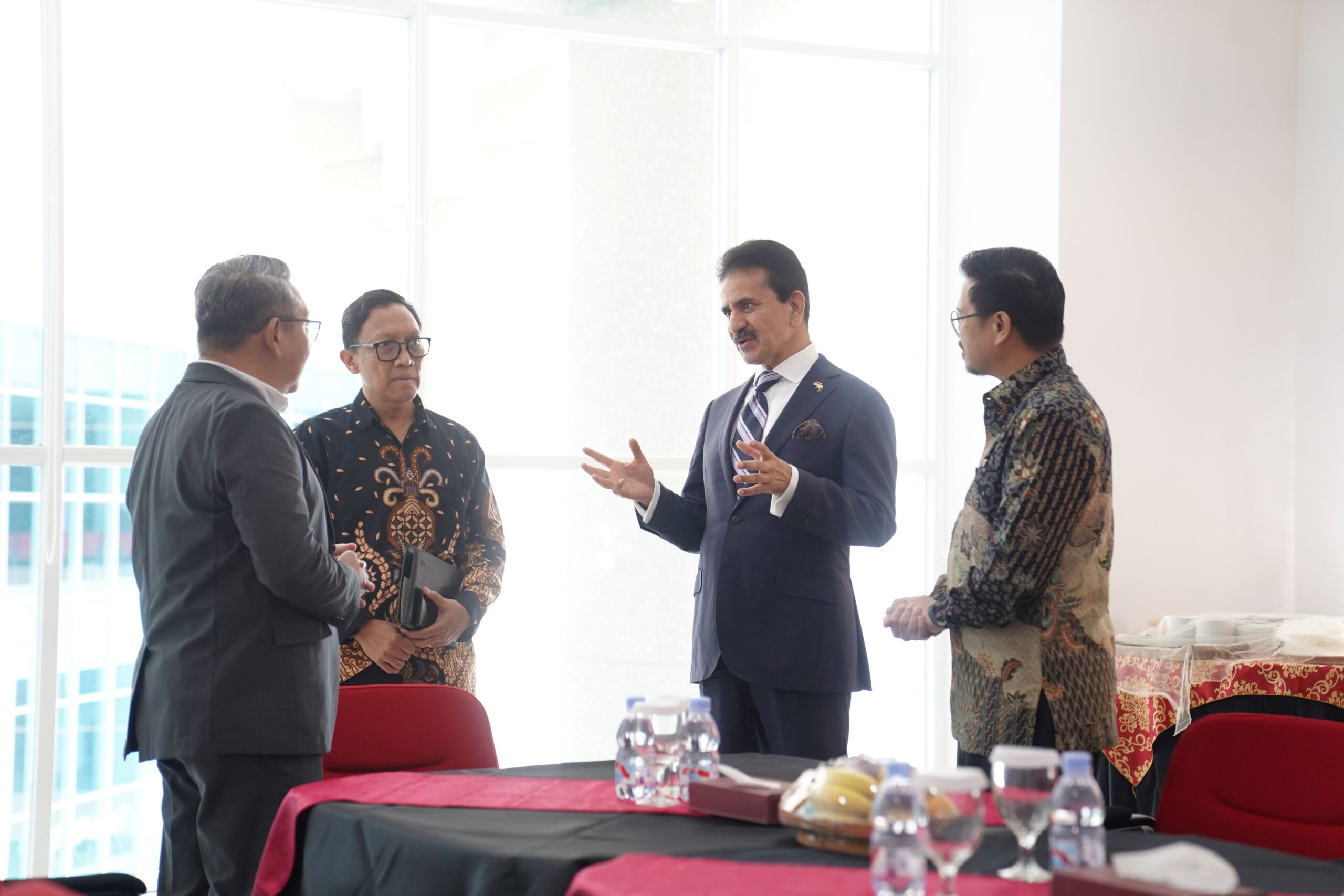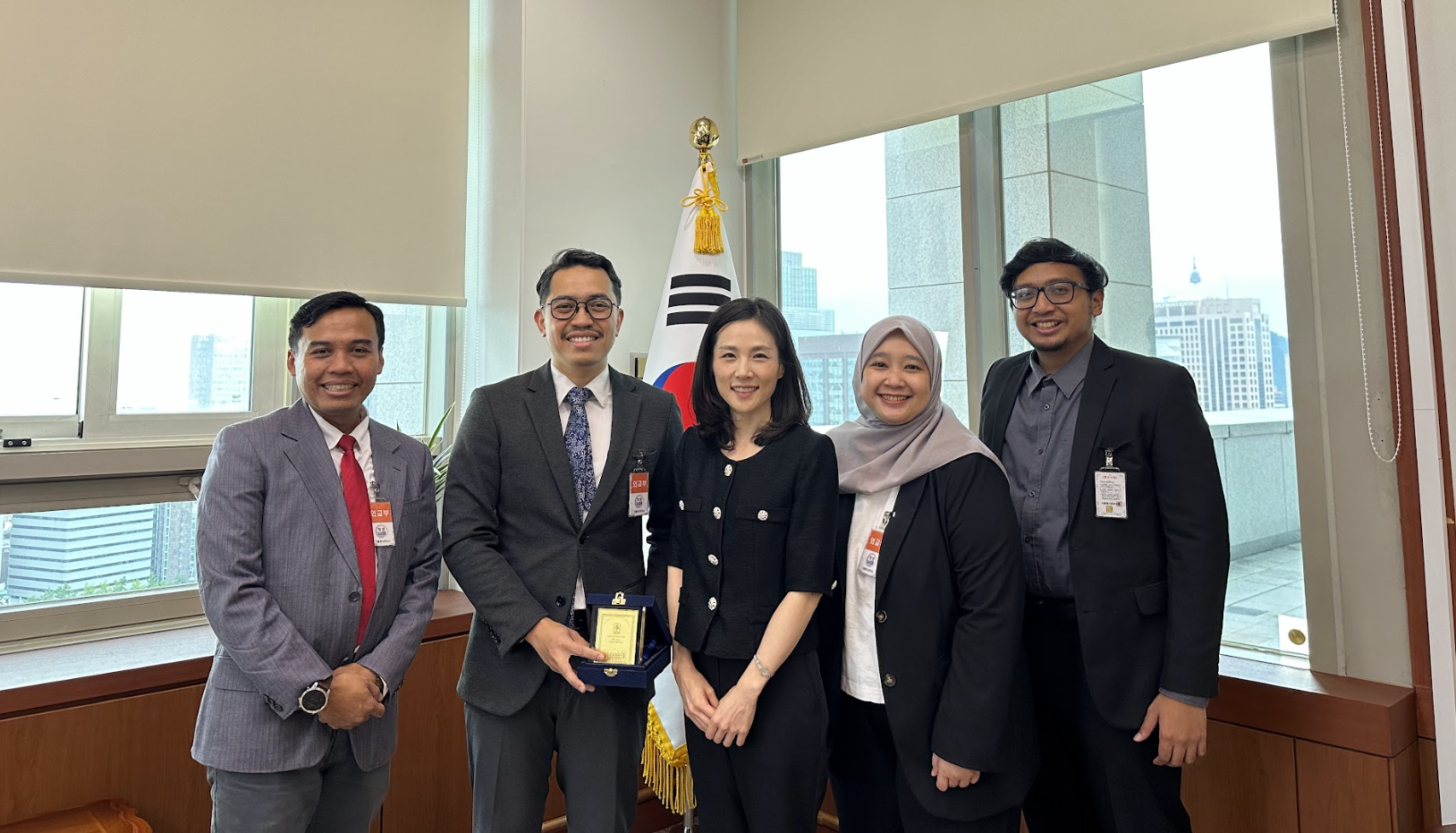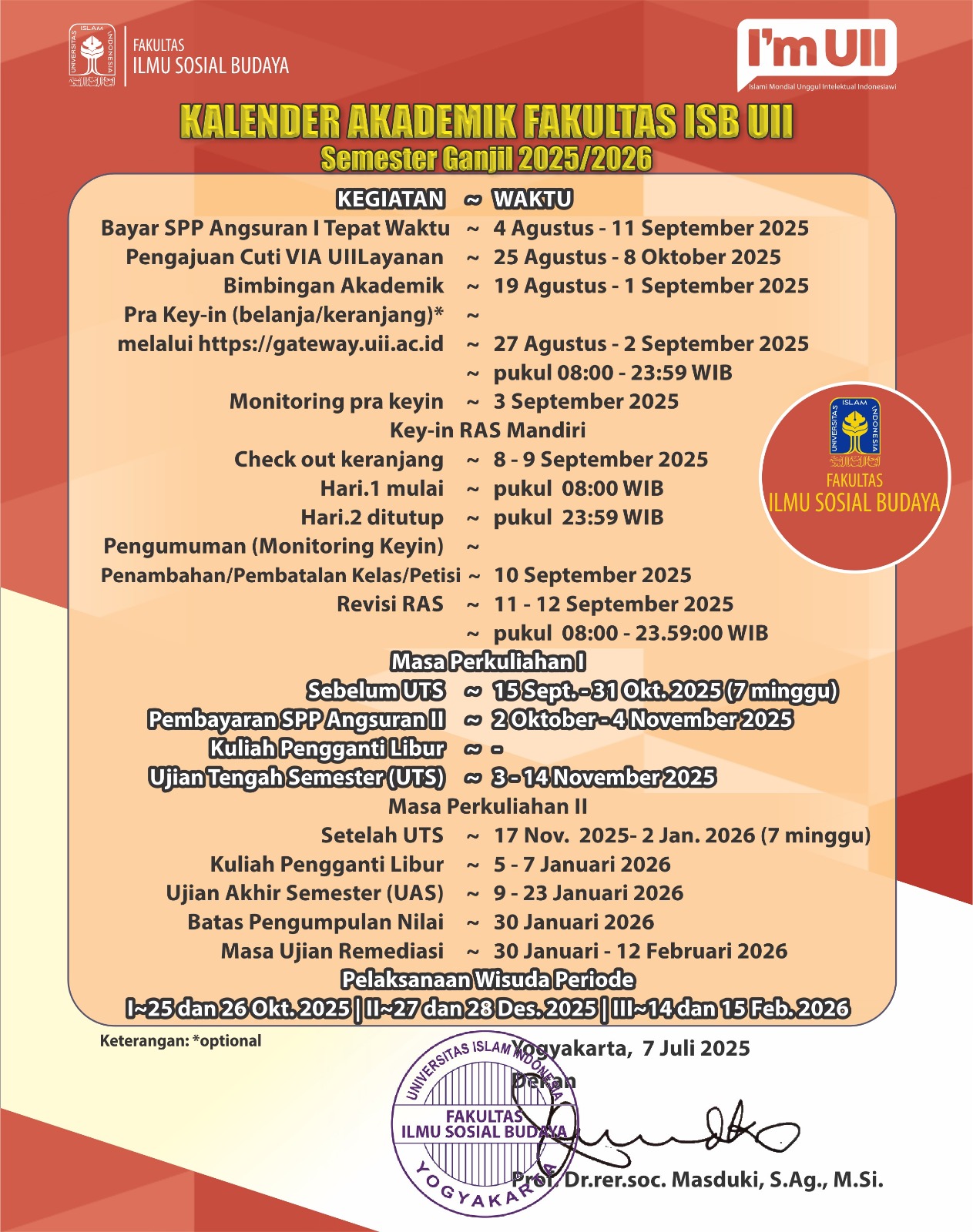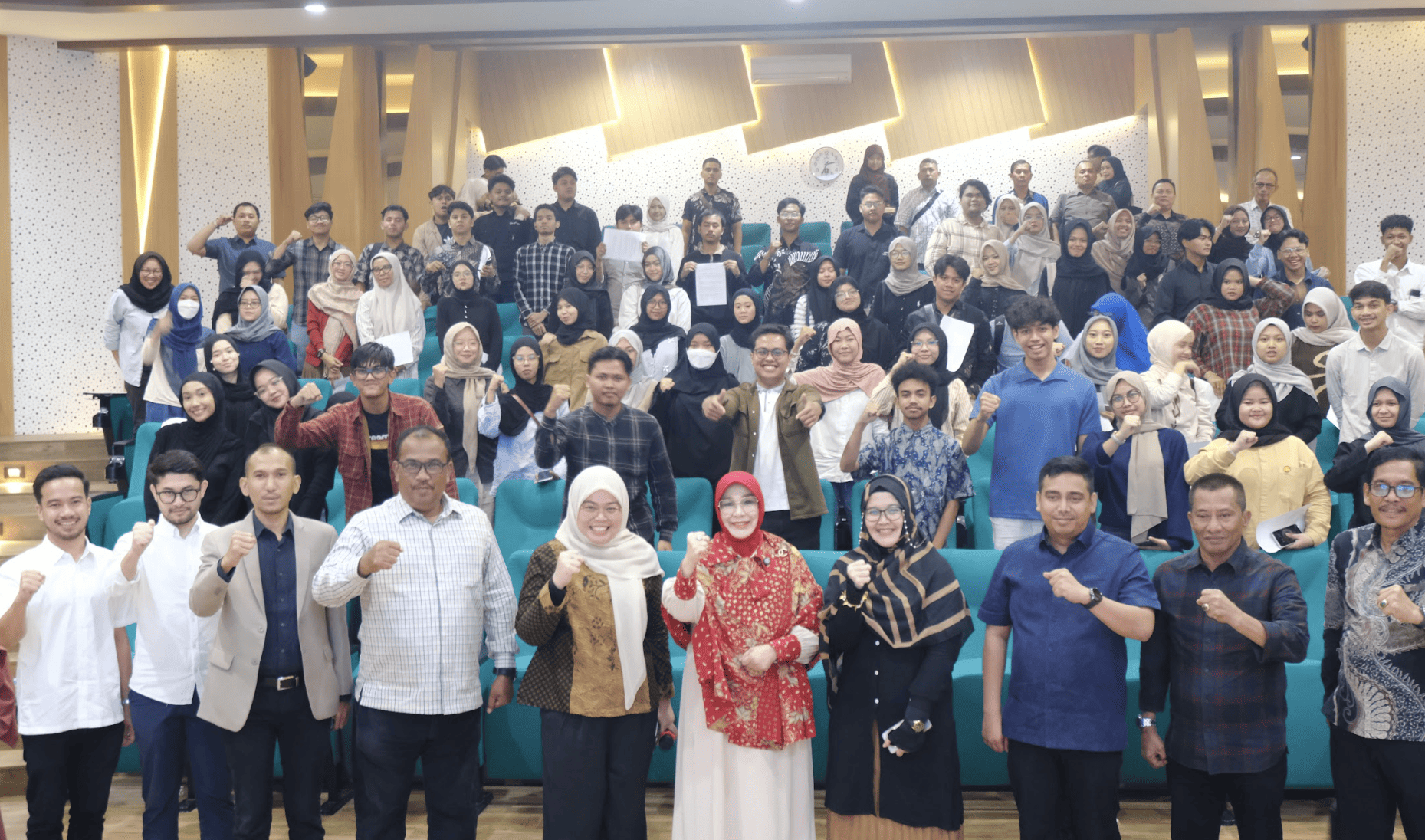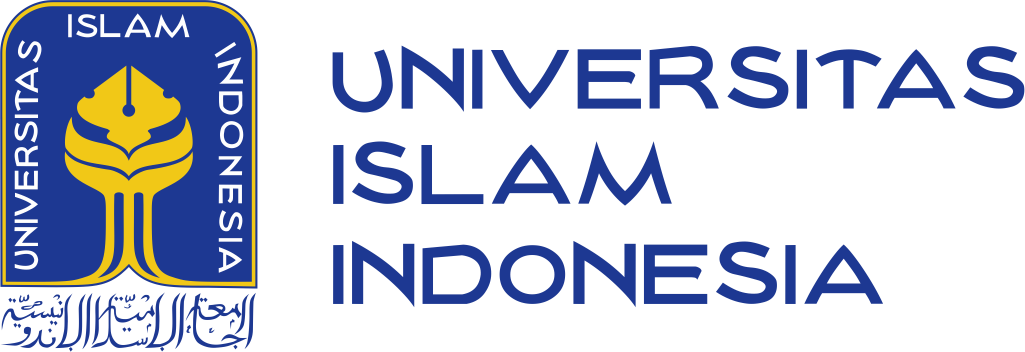Anitkabir As A Site and Symbol Of Turkish Nationalism
Written by Pasha Aulia Amanah
A symbol of Turkey’s struggle and national identity, Anitkabir is part of Turkey’s great history. It is the final resting place of Mustafa Kemal Atatürk, the founding father of the Turkish Republic and a leader in the country’s massive transformation towards modernity. Built in Ankara from 1944 to 1953, Anitkabir was not intended to be just a mausoleum, it is a symbol of the spirit of Turkish nationalism. Anitkabir is a site that bears witness to history and a center of remembrance that inspires millions. For the Turkish people, this monument is emotionally charged, symbolizing pride, respect for the achievements of their founders and even symbolizing a strong national identity.
Anitkabir will always be crowded with visitors, especially on holidays and important commemorations. Most of the visitors are Turkish people, but there are also visitors from abroad. The purpose of Anitkabir tourism is to visit historical sites or make pilgrimages. In addition, visiting Anitkabir is a form of respect as well as a spiritual monument to commemorate Mustafa Kemal Atatürk. Bringing hope and prayers, they come to ask for blessings from the figure who is a symbol of the nation’s struggle. Often there are parents who bring their babies, there are students or college students after graduating from school, newly married couples and many Turkish people who are facing important events in their lives visit Anitkabir and this is part of the tradition to start a new chapter full of hope and joy.
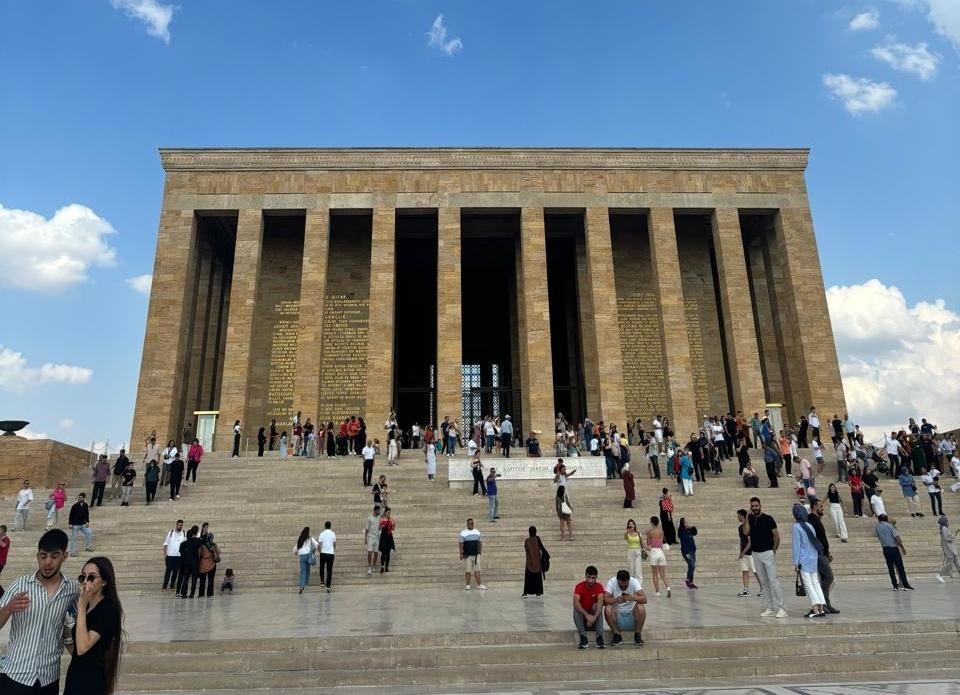
Picture 1. Anitkabir has become a historical site that is frequently visited by local and foreign tourists.
Visiting Anıtkabir is a heart-pounding experience. The architectural beauty of the towers and symbolic statues, to the Peace Park that is there, welcomes visitors with deep meaning against the backdrop of Turkey’s historical struggle and victory. Each monument represents the values, heritage and identity of the nation, making Anıtkabir an eternal symbol of Turkish nationalism. Upon entering the main gate, visitors will be greeted by the Independence Tower and the Freedom Tower. The Independence Tower symbolizes the spirit of struggle under the leadership of Mustafa Kemal Atatürk to achieve sovereignty, interpreted with the characteristics of the relief of young men and the Seljuk symbol that depicts the spirit of independence. Meanwhile, the Freedom Tower is themed on freedom and democracy that was achieved after the formation of the Republic of Turkey. Tells the nation’s ideals to achieve freedom and justice symbolized by horses and youth figures.
Along the road entering Anitkabir there will be 24 lion statues accompanying visitors or what is known as Lion Road. The Way of the Lion itself means the strength and courage of the Turkish people. Then you will meet the ceremonial square, where there are national symbols. There are towers that are visible and represent the complex story of the Turkish people about struggle, sacrifice and determination to maintain their sovereignty. The Peace Tower and the Victory Tower are decorated with reliefs of visual narratives about the long history of Türkiye.

Picture 2. The reliefs adorning the tower provide a complex visual narrative of Türkiye’s history from wartime to the achievement of democracy.
The Hall of Honor is the main center of Anitkabir, Atatürk’s final resting place. Decorated with inscriptions reflecting his principles, the Mausoleum of Mustafa Kemal Atatürk is very iconic and has high historical value. On the other side of Anitkabir is the Mausoleum of Mustafa Kemal Atatürk which houses and displays historical objects belonging to Mustafa Kemal Atatürk. These objects include personal belongings, documents, and clothing that represent Mustafa Kemal Atatürk’s life which is closely related to the important reform period in Turkish history.
When you step into the museum, you will be enveloped in an emotional atmosphere because of the display of dioramas, photos and the voice of Mustafa Kemal Atatürk reading his speeches and letters that embody his love for the Turkish people and take visitors into important historical times. Even many visitors then shed tears because they feel the emotion of Mustafa Kemal Atatürk’s struggle. A revolutionary leader and founder of the Republic of Turkey, Mustafa Kemal Atatürk became an important historical figure in the revival of Turkish nationalist values and all that could be seen, watched and remembered last night at Anitkabir. Not only will it touch the heart, but visitors will also gain broad insight into the historical symbol of the rise of Turkish nationalism.

Picture 3. Wax replica statue of Mustafa Kemal Atatürk.
Picture 4. Tomb of Mustafa Kemal Atatürk.
References
(n.d.). Ankara – Anıtkabir (Atatürk’s Mausoleum). Retrieved January 2, 2025, from https://www.ktb.gov.tr/EN-103960/ankara—anitkabir-ataturks-mausoleum.html
Williams, A. (2024, March 22). Anıtkabir’s Mausoleum: Symbol of Turkish Nationalism and Pride. Mausoleums.com. Retrieved January 2, 2025, from https://www.mausoleums.com/anitkabir-mausoleum/

